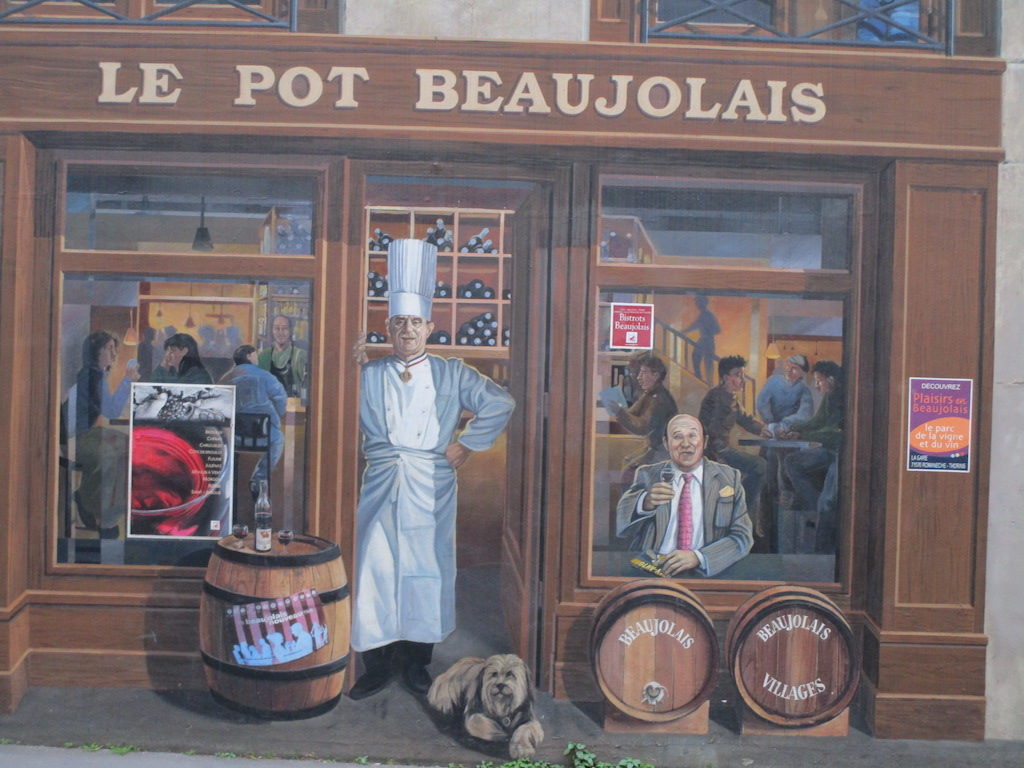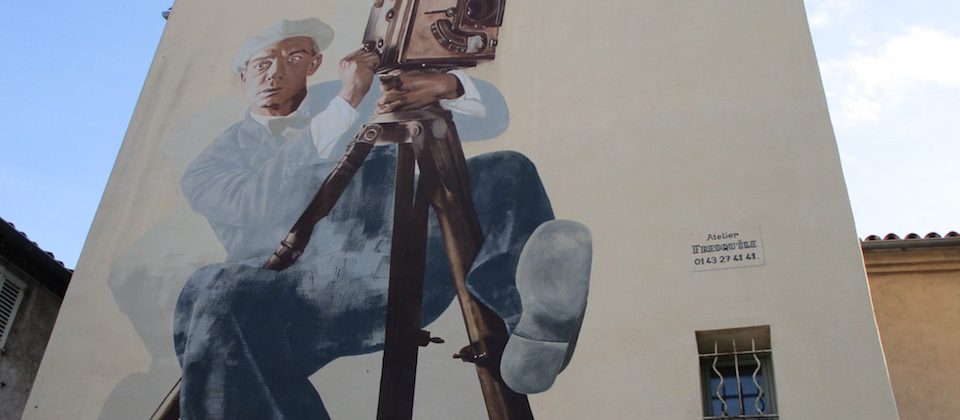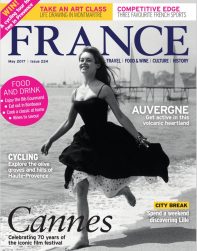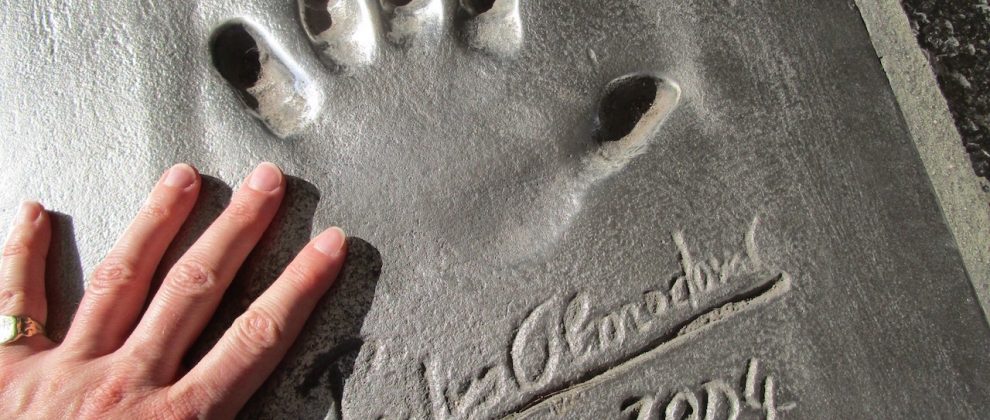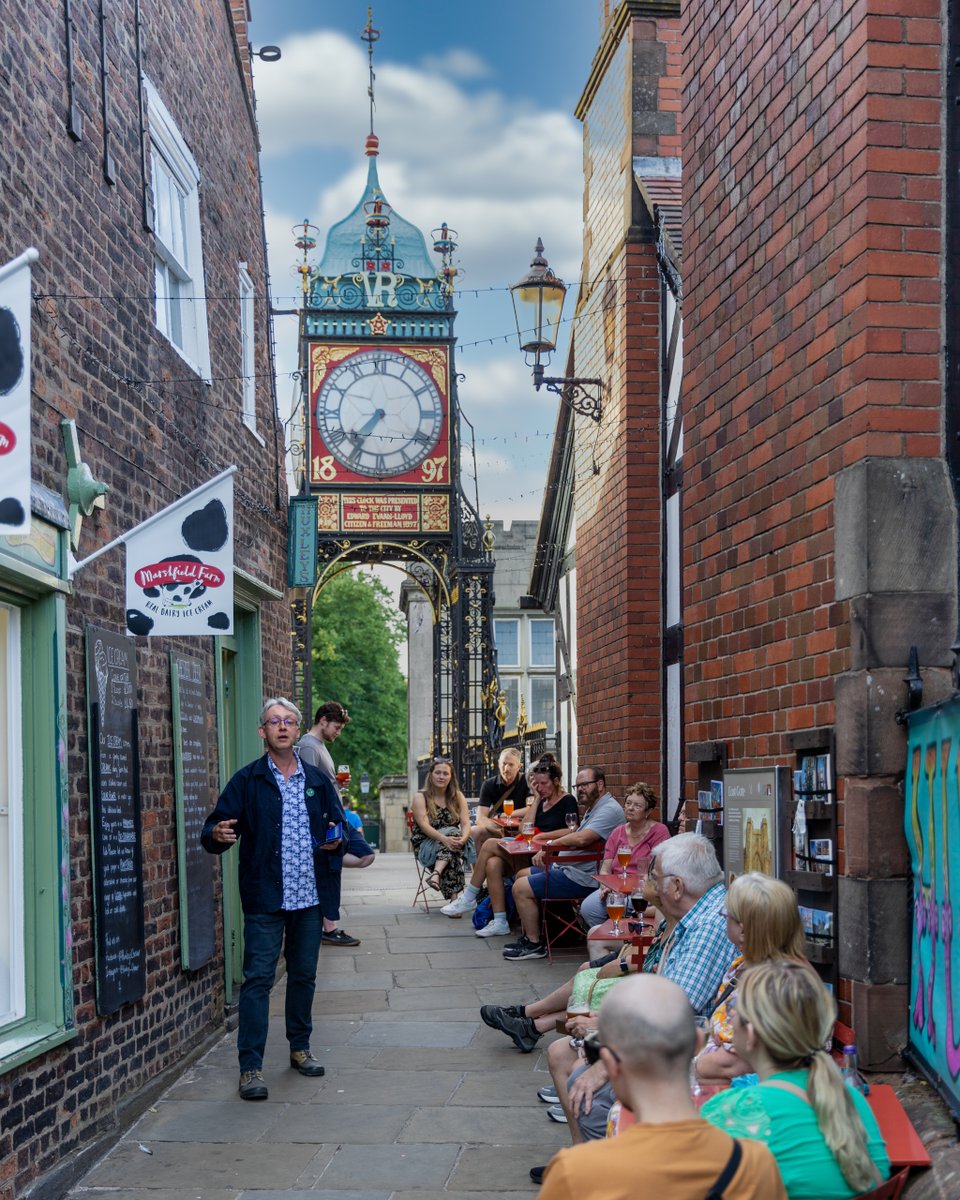
Image: Stuart Robinson Photography [www.stuartrobinson.photography]
Dark Chester ran some special walking tours as part of the Chester Heritage Festival this month.
Each time, we finished the regular tour by doing something we’ve ever done before: going into a Chester building to hear a spooky story first hand.
First up was a visit to the restaurant Carbonara on Bridge Street Row.
Here, the owner, Sam, shared with us his experience of discovering the haunting of the wood-panelled upper room when he first moved into the building.
The second of the special tours took us to Huxley’s, the cafe-bar beside Chester’s famous Eastgate Clock.
Neil, the owner, talked about the history of the building and his family connection to the Freemen of Chester, who had earlier that day joined the city’s Midsummer Watch Parade.
Look out for more Dark Chester special tours coming this autumn as thoughts turn to Halloween.
More from the Chester Heritage Festival in the Our Heritage section.
Liked this? Then read Dark Chester collaborates with My Haunted Hotel.
